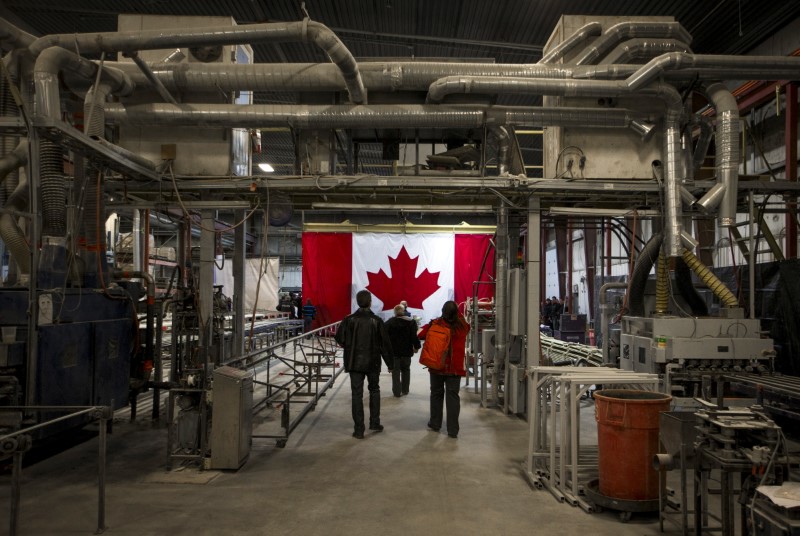By Ketki Saxena
Investing.com – Statistics Canada today released its monthly update to the Canadian Economic dashboard, which it has been releasing in the context of the Covid-19 pandemic to analyze key indicators in the Canadian Economy.
All data is as per the latest available updates and releases.
GDP Stalls After Robust Post-Pandemic Recovery
Real gross domestic product was essentially unchanged in May, after advancing 0.3% in April, with the pace of output growth stalling following a more robust rebound in the immediate aftermath of easing Omicron-related restrictions.
Manufacturing, construction and oil and gas extraction posted declines, while activity in many client-facing services including food services, arts, entertainment and recreation continued to ramp up.
On the positive side, Economy-wide output In May remained 2.2% above pre-pandemic levels. Statistics Canada’s advance estimate of real gross domestic product points to a 0.1% increase in June.
Inflation Remains Red-Hot
Headline consumer inflation accelerated to 8.1% in June, the largest yearly increase in nearly four decades, driven by higher prices for gasoline, shelter, food and durables have all put upward pressure on consumer inflation.
At the pump, gasoline prices were up 54.6% on a year-over-year basis, up from 48.0% in May. Measured month-over-month, gasoline prices rose 6.2% in June, after posting their largest monthly increase in May (+12.0%. Shelter costs, measured year-over-year, eased slightly in June but remained elevated. Annual price increases for owned accommodation slowed to 6.7%, down from 7.3% in May.
Food prices also remained elevated in June. Grocery prices were up 9.4% on a year-over-year basis, easing slightly from highs in April and May. Prices for services rose 5.2% on a year-over-year basis in June, matching the increase in May.
Canadian Economy Sheds Jobs But Labour Market Tight
Headline employment fell in July (-31,000), missing analyst expectations for an increase. However, unemployment held steady at 4.9% in July, matching the record low in June. The adjusted unemployment rate—which includes those who wanted a job but did not look for one—also held steady at a record low of 6.8%.
Total employment in July was about 420,000 above pre-pandemic levels,.
Averages wages rose 5.2% on a year-over-year basis, matching the increase in June but remaining below the pace of inflation.
